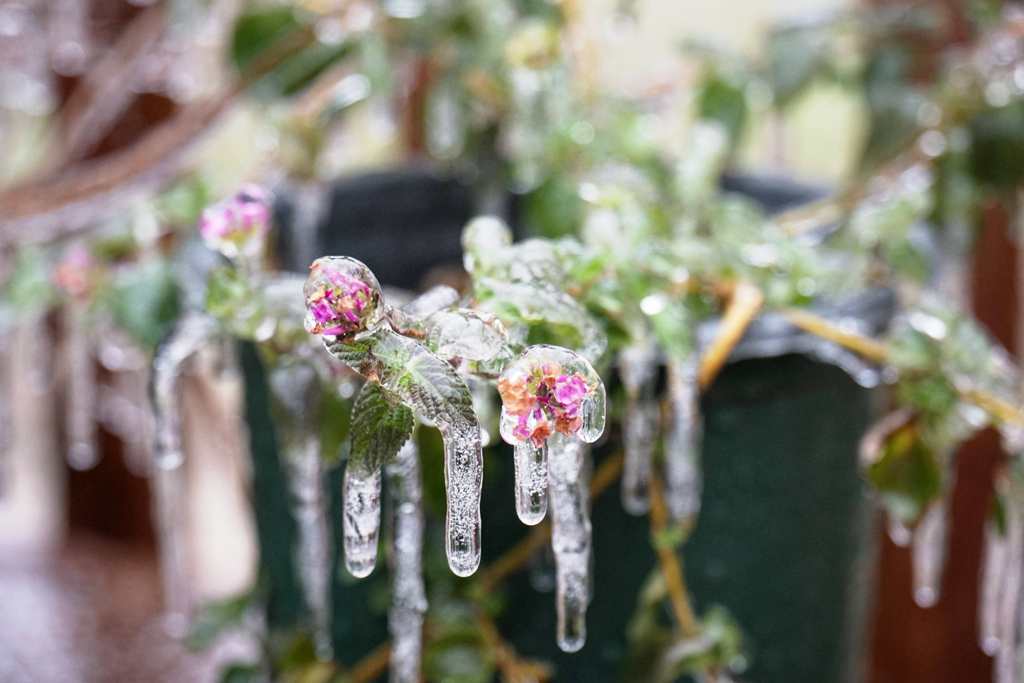
mainstreetlawn
How to Protect North Texas Plants from Frost
The Texas freeze in February of 2021 caught many homeowners by surprise. Now that we have regained our power and water, we start to look around at the damage to our landscaping.
Try as they may, many of our beloved landscaping trees and bushes will not survive. The question we have been asked more than any other winter landscaping tip is what could have been done to better protect the plants for frost and freezing temperatures.
Below, we have outlined several options below in the hopes to help others know how to protect north Texas plants from frost in the future.
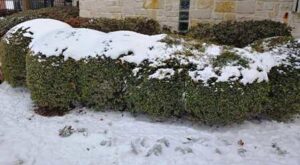
Should I Cover my Plants in the Winter?
Yes and No. Covering your plants is a great way to insulate them from freezing temperatures and frost damage. However, not all of your plants will need this protection.
In order to know which plants might need protection, it’s crucial that you know the hardiness of the plant. Don’t forget to ask your landscape designer about this before choosing and installing new plants because each plant has a temperature range of hardiness or expected survival. If you are expecting temperatures to fall below that hardiness temperature, it should absolutely be covered.
For example, a Windmill Palm tree is rated for hardiness zones 8-11. Each hardiness zone has a different temperature range, the lower the zone number, the lower the temperatures. Zone 8 corresponds to temperatures between 10-20 degrees Fahrenheit. What this means is that if you expect your temperature to fall close to or below 10-20 degrees, it should be covered until the temperature goes back up.
When covering your plants, anything is better than nothing. We recommend using material that provides coverage but still allows the plants to breathe. Examples of plant coverings are: burlap, frost blanket, landscaping fabric, drop cloth or bed sheets. If you will need to cover your plants for a long period of time, you should plan to secure the covering in place with stakes or string.
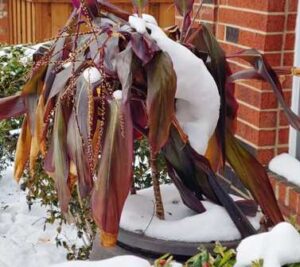
What is the Best Way to Protect Plants from Freezing?
There are several things you can do to help shield your landscaping plants from freezing temperatures.
Add Mulch
Adding mulch to your garden beds is an excellent way to insulate the root system of your plants from freezing temperatures. We recommend having a 2 inch layer of mulch installed around the base of your plant.
Water Plants
If possible, water your plants a day or two before a freeze. Providing them with this sustenance will give them additional strength for survival.
Cover Plants
If your plants are winter-tender, they should be covered with a breathable fabric to insulate them from freezing temperatures.
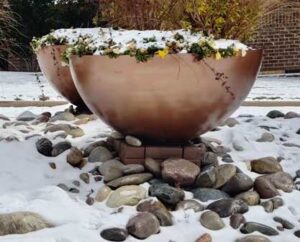
How to Keep Potted Plants from Freezing Outside?
If you have winter tender plants in outdoor pots or a container garden, we recommend either bringing potted plants inside and/or covering them. If you have many outdoor pots, you might consider investing in a base with wheels for easy moving.

Can I Cover my Plants with a Blanket?
Yes, plants can be covered with a blanket or just about anything. The most important thing to consider is whether or not the blanket is breathable. We recommend using a cover that offers both insulation as well as air flow.
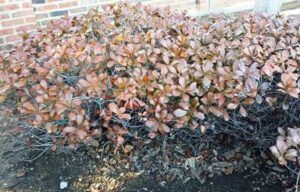
What Temperature is Too Cold for Plants?
Each plant has a different degree of cold tolerance, or hardiness. In order to know what temperature is too cold for the plant, you will need to know the particular hardiness range for that plant. That’s why we recommend installing Texas native plants and evergreen trees and shrubs because most are well suited for our region.
For example, the Hibiscus plant is rated for hardiness zones 10-11. The corresponding temperature for zone 10 is between 30-40 degrees Fahrenheit. Any temperature below 30 degrees or below would be too cold for the Hibiscus to survive.
While we can’t control Mother Nature, we can certainly take the necessary steps to help protect our precious landscaping from the lasting effects of freezing temperatures.
Know the cold tolerance for each of your plants. Keep your plants and landscaping beds mulched and watered. Pay close attention to upcoming freezing temperatures and be prepared to cover the plants that will need it.
Share this post
© 2024 · Main Street Lawn Care and Landscaping, LLC

